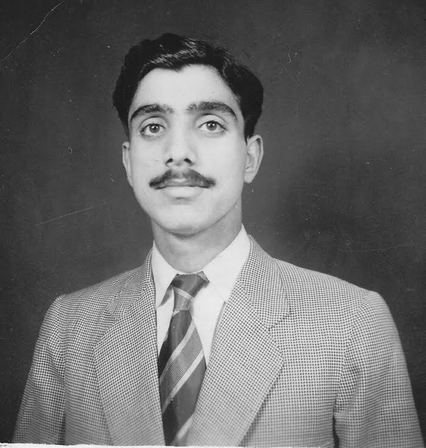The times were desperate, the situation in Srinagar was precarious, and the Qabailis were at the doorstep. Young men patrolled neighbourhoods and streets guarding banks, post offices and bridges. They only had wooden rifles or stout staffs, but they drilled enthusiastically at Pratap Chowk, which was re-named Lal Chowk (Red Square) after the Red Square in Moscow, by Sheikh Abdullah. This renaming and the National Conference’s red flag with the insignia of a white plough resembled the Soviet communists’ red flag with a hammer and sickle. To the thoughtful observer and for the communists, this was a great victory as it symbolically indicated Sheikh Abdullah’s strong flirtation with communist ideology. The white plough represented the tenant peasants who would become landowners, once land reforms were enacted.
The marching and sloganeering was in revolutionary fervor, and aimed at bolstering the confidence of the people. The marches usually started from Mujahid Manzil, the National Conference headquarters, to Lal Chowk and then back via Kokkar Bazaar. Each mohalla had about two dozen volunteers. All told, there must have been about 10,000 volunteers, but they were woefully lacking in military training or discipline. A formal command structure did not exist, but the Illaqa committees coordinated local gatherings. There was a lot of confusion about who was who, and who really was in charge. There were no uniforms, shoes or weapons, save several musty single-shot rifles and pellet guns used to shoot pigeons, until the Indian Army started supplying modern rifles, and training the volunteers. The Palladium Cinema Hall, at Lal Chowk, was the hub of Srinagar’s defence activities. Some officers billeted in the nearby Lala Rukh Hotel, the Neelam Hotel, or the Punjabi Muslim Hotel. The numaish grounds were also used for training purposes.

 RSS Feed
RSS Feed